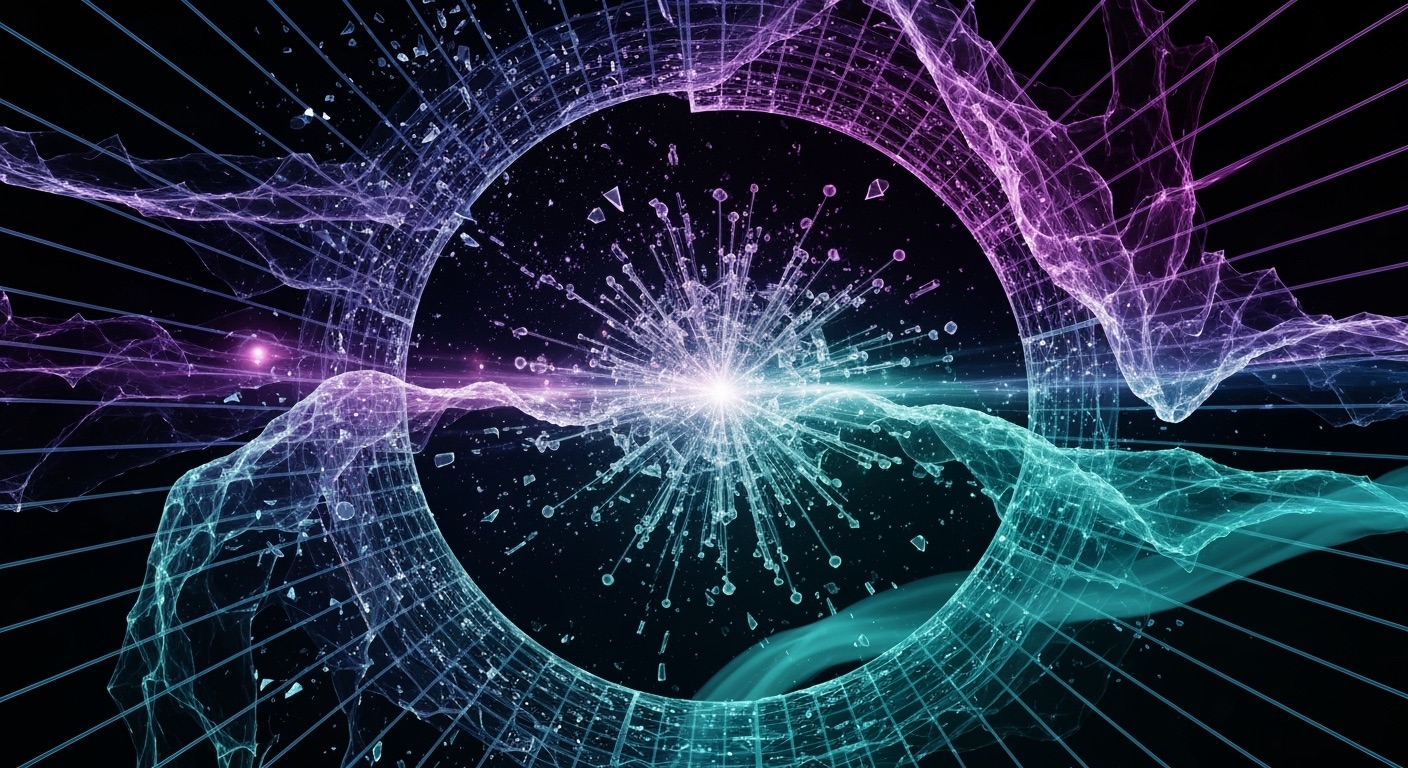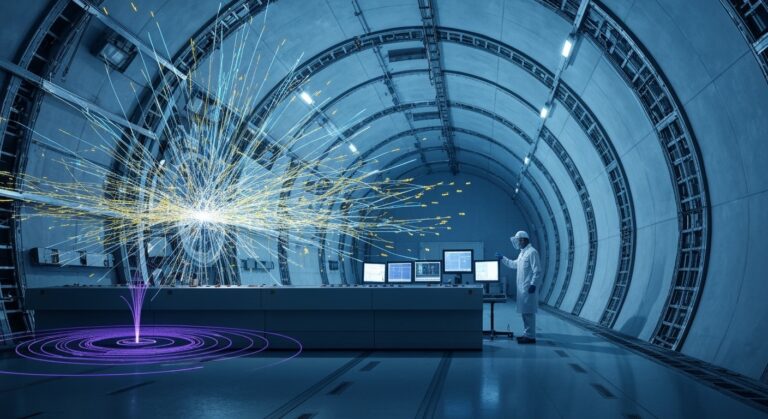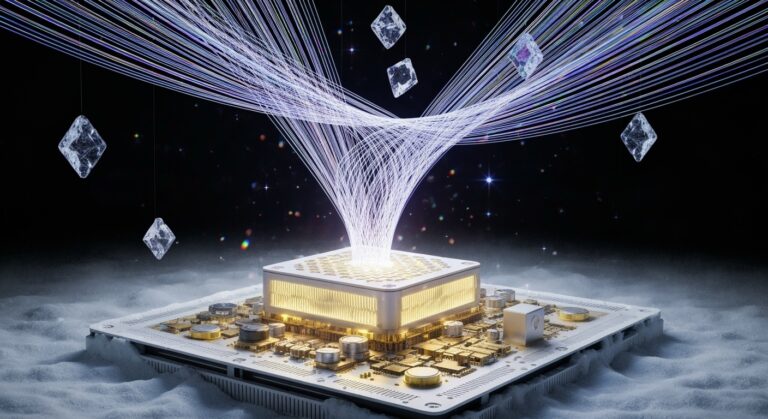In A Nutshell
- Supercomputers simulate Einstein’s equations to model chaotic pre-Big Bang scenarios, bypassing traditional mathematical limitations.
- Numerical relativity divides spacetime into computable segments, avoiding infinite singularities to explore “before” the Big Bang.
- Simulations test theories like multiverse origins or cosmic collisions, revealing gravitational signatures in hypothetical pre-Bang geometries.
- Computational models allow gravity to reconfigure dynamically, enabling exploration of cyclic universes or quantum spacetime transitions.
- High-resolution simulations link pre-Bang physics to observable cosmic patterns, advancing beyond classical Planck-scale energy constraints.
The mysteries of time’s origin once belonged to philosophy, but numerical relativity—Einstein’s equations crunched by supercomputers—has dragged them into the lab. Imagine Einstein’s math as Play-Doh: instead of shaping it into neat, symmetric forms, numerical relativity smashes it into chaotic, hyper-realistic simulations. This computational brute force tackles cosmic questions once deemed untouchable—like what happened before the Big Bang.
Traditional methods hit a wall near singularities, where spacetime curves infinitely, but supercomputers slice these problems into billions of digestible chunks. They simulate universes collapsing, bouncing, or cycling through phases without assuming everything’s smooth or uniform. Suddenly, the “before” isn’t just metaphysics—it’s code.
Researchers now test wild ideas: maybe our universe sprang from a previous contraction, or bubbles of spacetime in a multiverse. Others model cosmic string collisions, hypothetical spacetime defects that could leave gravitational imprints detectable today. Recent work by Eugene Lim’s team uses these simulations to probe chaotic pre-Bang geometries once deemed mathematically intractable. These simulations crunch scenarios where gravity flips from crushing to explosive, avoiding the dreaded singularity meltdown. Think of it like rewinding a movie past the Big Bang, frame by frame, to see if alternate plots hold up.
The catch? These simulations eat supercomputers for breakfast. One run might simulate a cubic patch of spacetime smaller than an atom across trillions of steps. It’s cosmic Lego-building with math so gnarly even Einstein would blink.
But here’s the kicker: while classical physics faints at Planck-scale energies, numerical relativity bulldozes ahead. It handles spacetime warping itself into knots, tracking gravitational waves or quantum ripples that might imprint on today’s universe. Want to probe if cosmic inflation began with a quantum burp? Simulate a trillion possible starting conditions.
Skeptics called it computational astrology a decade ago—now it’s precision engineering. Teams collaborate globally, sharing code like secret recipes, racing to map scenarios where universes collide or entropy resets.
The stakes? If simulations match telescope data—like odd patterns in cosmic background radiation—we might glimpse pre-Big Bang physics. It’s detective work where the crime scene is time itself. Sure, some models spit out garbage universes resembling abstract art, but others stabilize into plausible alternatives.
The takeaway: numerical relativity isn’t just answering old questions—it’s inventing new ones. Who needs a time machine when you’ve got a supercomputer and a caffeine addiction? The lab coat philosophers are winning.
References
- https://thedebrief.org/what-came-before-the-big-bang-new-study-says-numerical-relativity-could-unlock-cosmologys-biggest-mysteries/
- https://phys.org/news/2025-08-big-method.html
- https://bioengineer.org/what-existed-before-the-big-bang/
- https://lifeboat.com/blog/2025/08/what-happened-before-the-big-bang-computational-method-may-provide-answers
- https://www.sciencedaily.com/releases/2025/08/250821094530.htm







